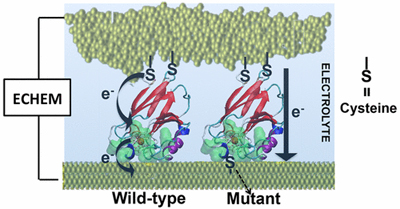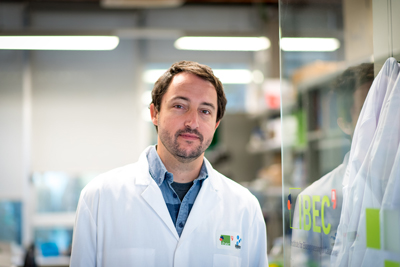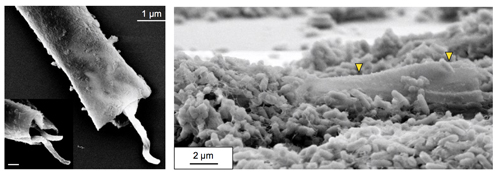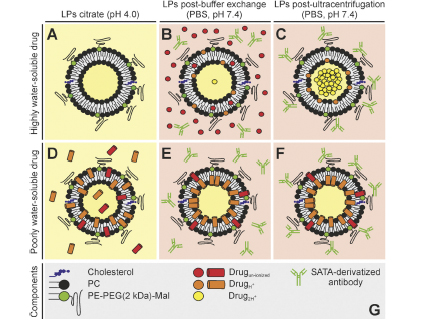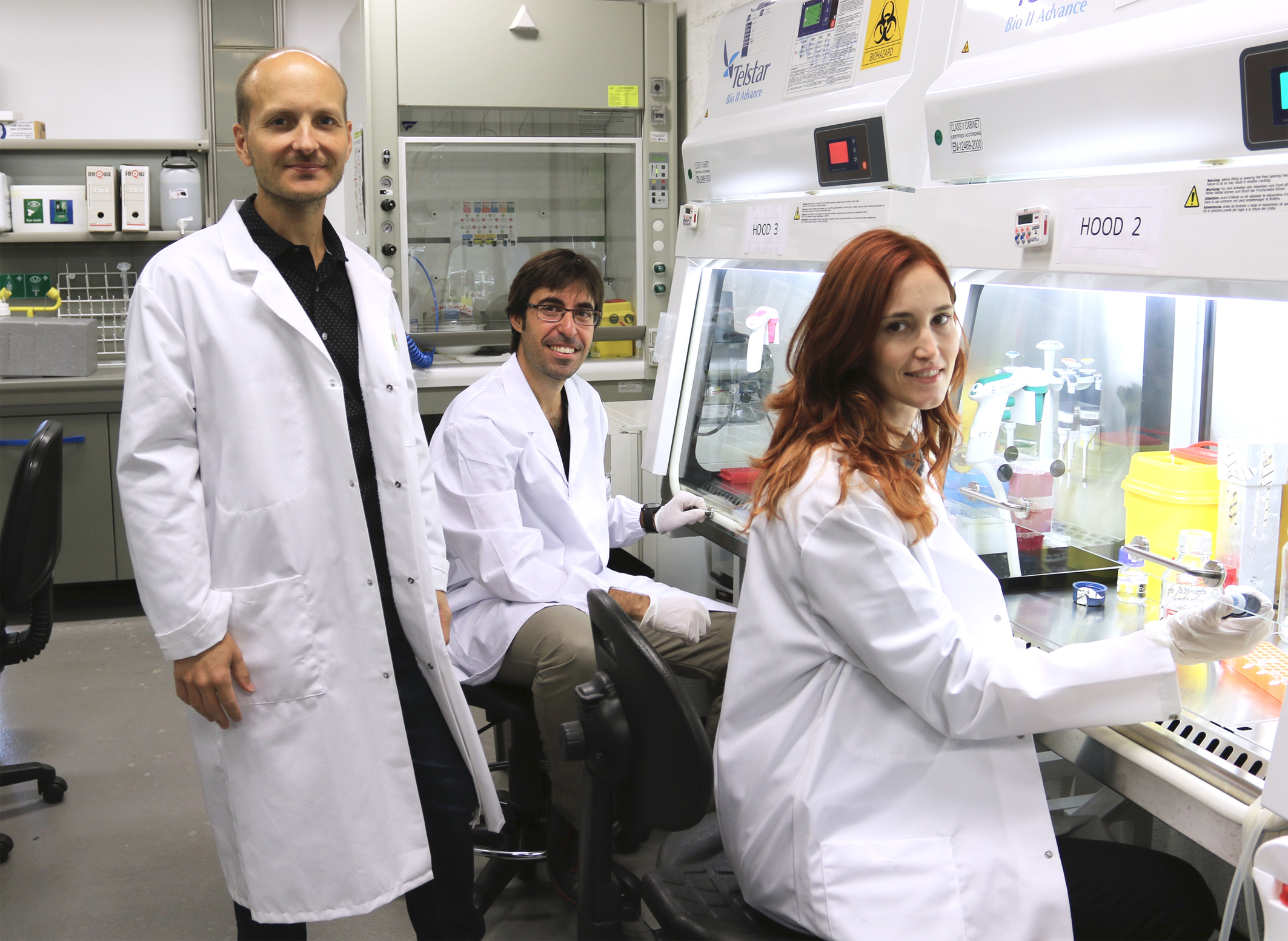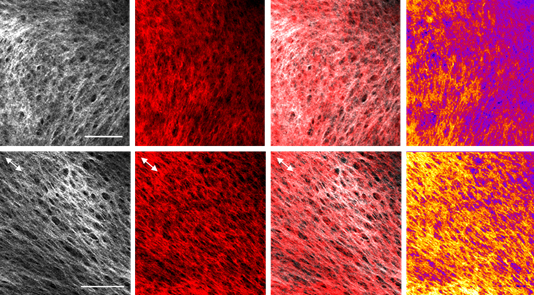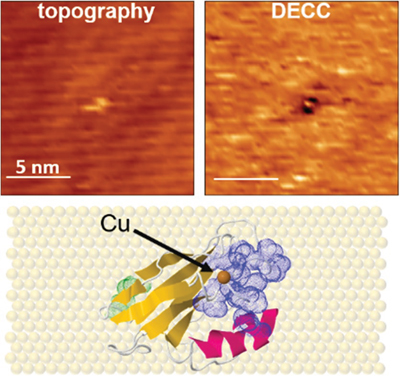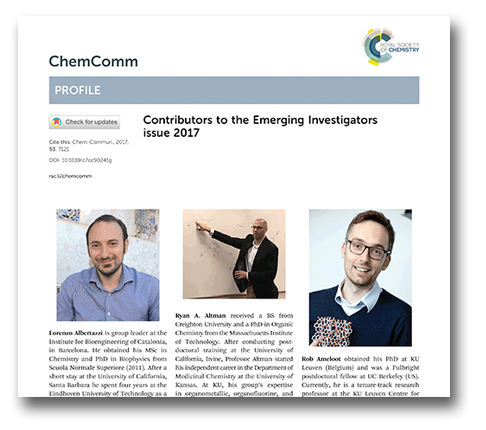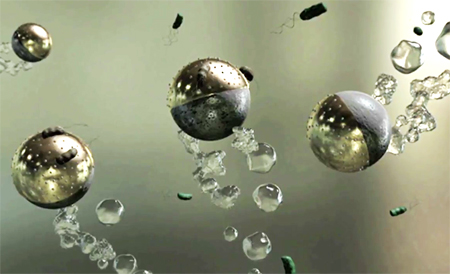IBEC researchers make an electrical contact out of a single protein
 IBEC’s Nanoprobes and Nanoswitches group have designed a single-protein electrical contact which can efficiently transfer an electrical charge.
IBEC’s Nanoprobes and Nanoswitches group have designed a single-protein electrical contact which can efficiently transfer an electrical charge.
Through a subtle mutation in a copper protein which is responsible for various metabolic redox processes in the bacterium Pseudomona aeruginosa, they managed to control the transport of electrons in the biomolecule.

